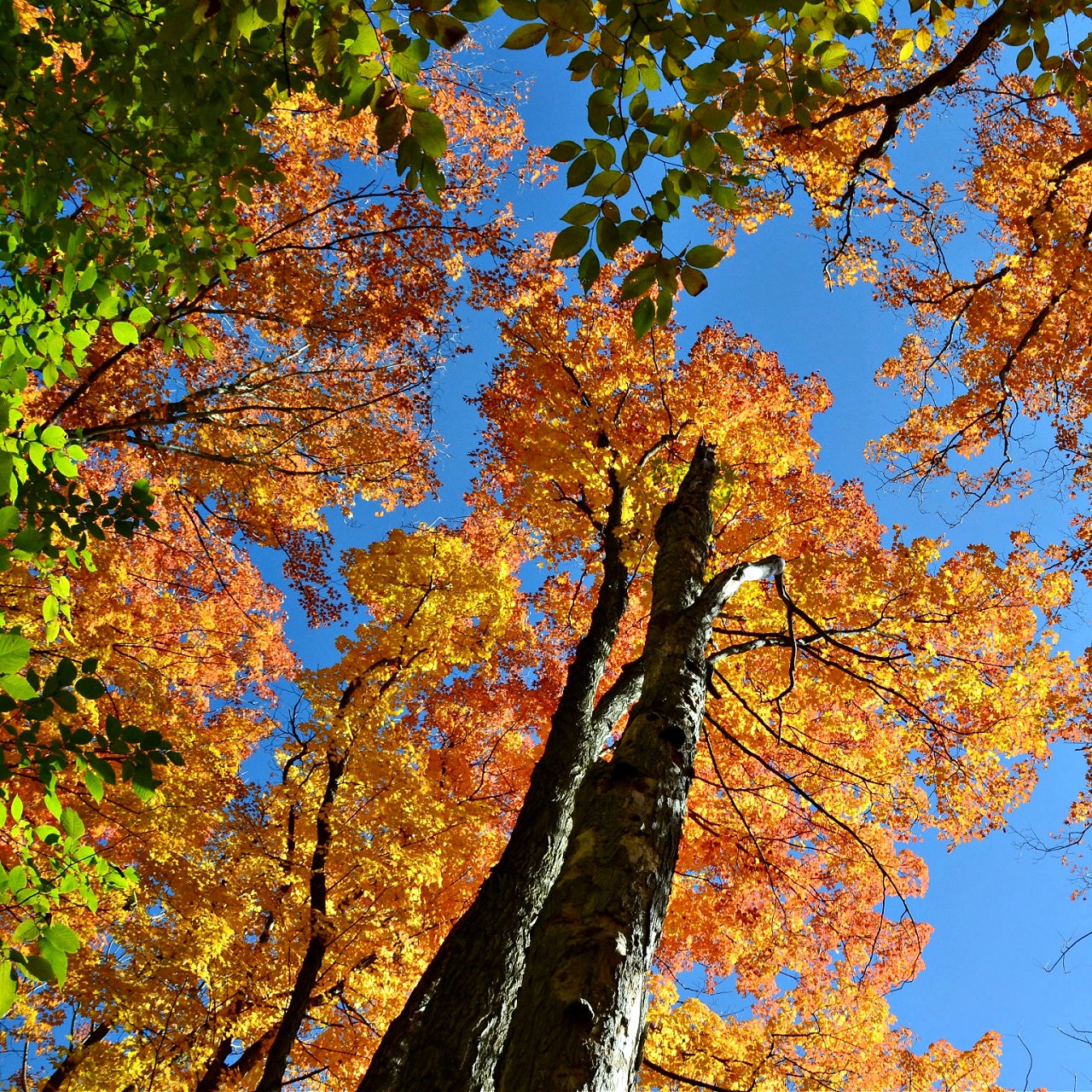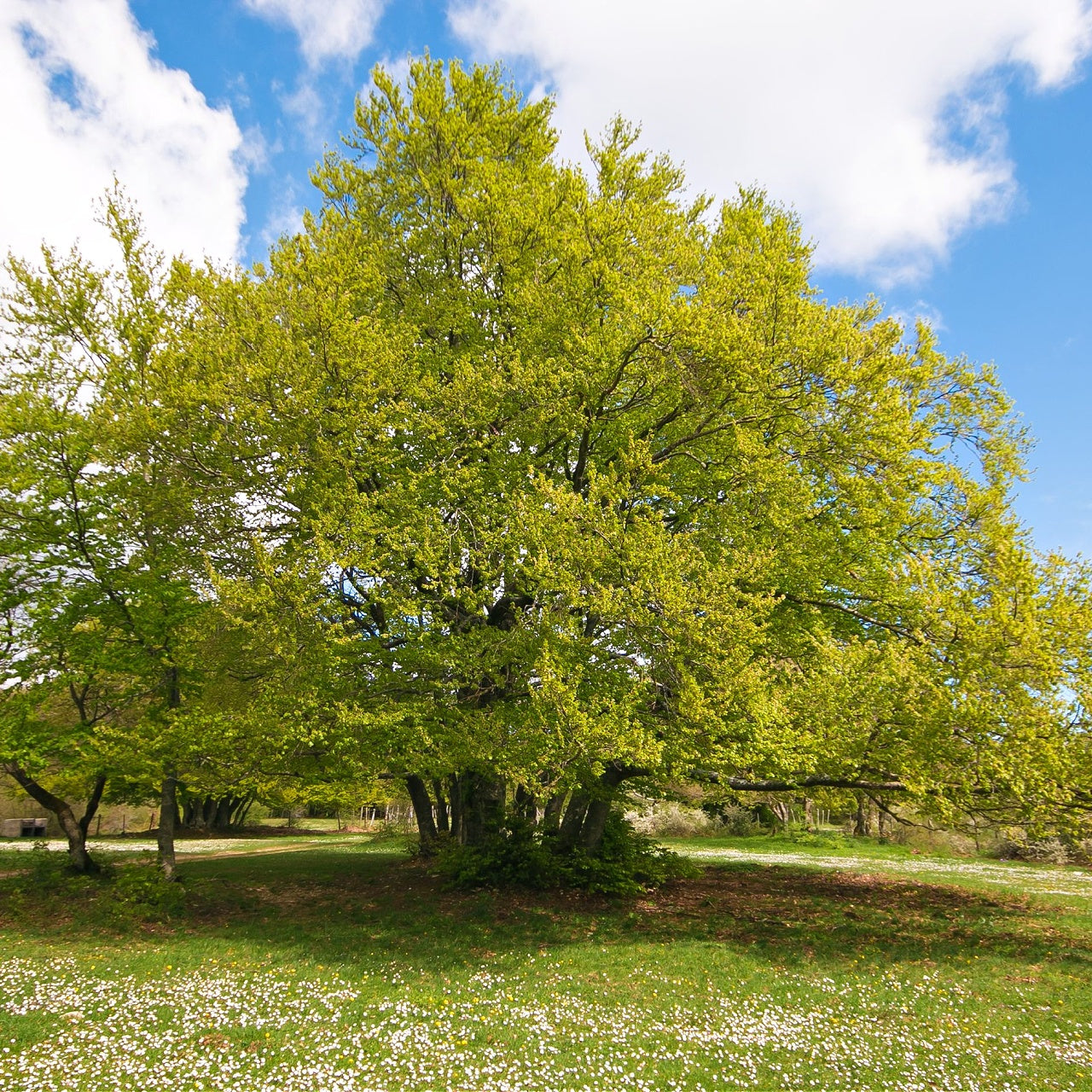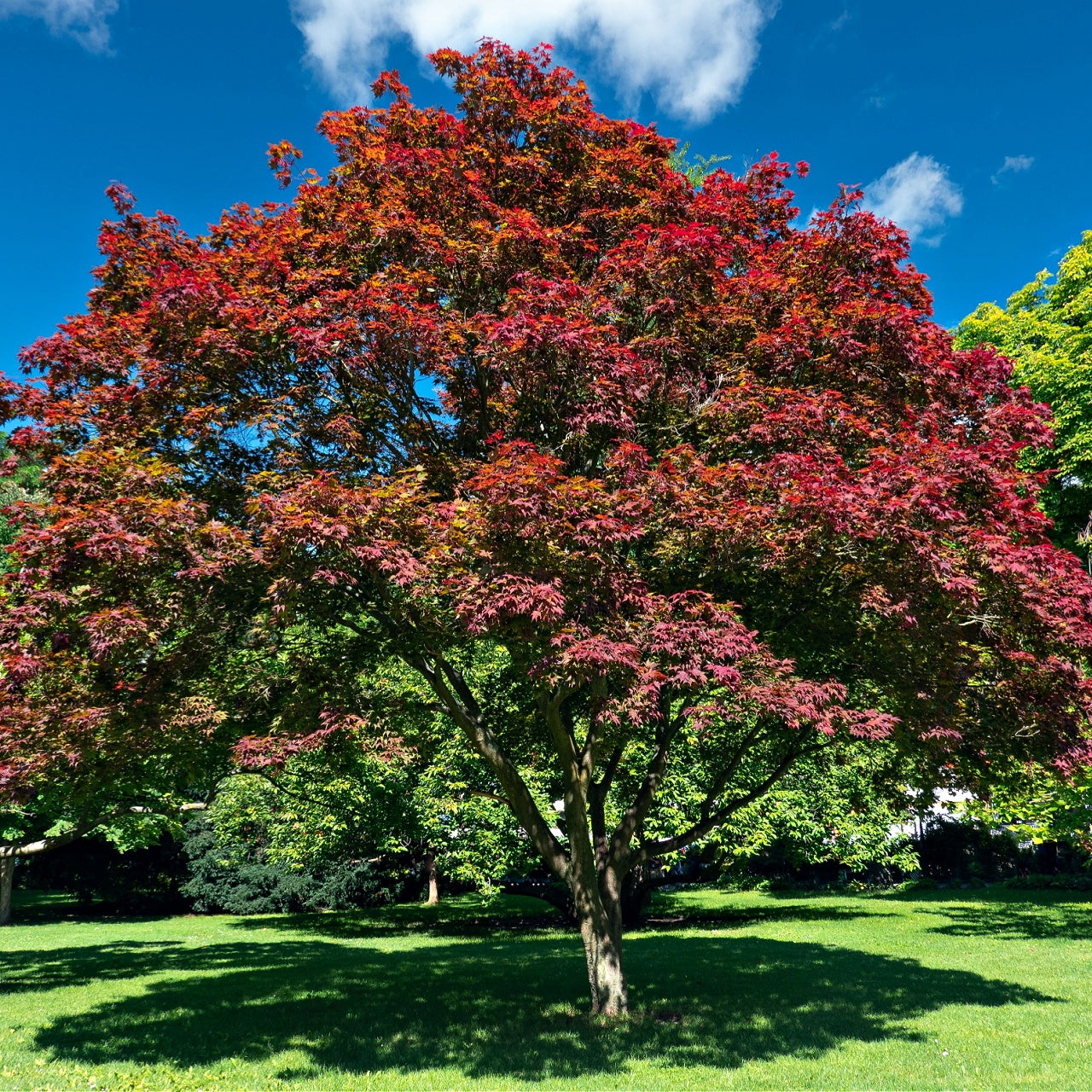
Why You Should Plant Pawpaws Trees In Your Garden
Why You Should Plant Pawpaws Trees In Your Garden
These trees, also known as the "Indiana banana" or "custard apple," are native to North America and produce sweet and creamy fruit unlike anything you can find at the grocery store.
But pawpaw trees aren't just a tasty addition to your garden. They'effortlessbly easy to grow, requiring minimal maintenance, and their range of climates. Their large, tropical-looking leaves and flowers make them a visually stunning addition to your landscape. You want to add variety to your fruit collection. Consider planting a pawpaw tree in your garden today!
These trees produce a tasty "American custard apple" fruit due to its creamy texture and sweet flavor. But there are many more reasons why you should consider adding pawpaws to your garden.
Historical Practices Of Planting Pawpaws Trees In The Garden
Pawpaw trees (Asimina triloba) are native to North America and have a long history of use by Native American tribes. The fruit was an important food source for many tribes, including the Cherokee, Creek, and Potawatomi, who used it in various dishes.
Upon the arrival of European settlers in North America, they were delighted to discover the delicious fruit of the pawpaw tree. Early explorers, including Lewis and Clark, documented the pawpaw in their journals, noting its unique flavor and texture.
In the 1800s, pawpaw fruits became popular among settlers, who often gathered them from the wild. They were also grown in orchards and sold at markets throughout the country.
However, by the early 1900s, the popularity of pawpaw fruits began to decline. Many farmers and gardeners began to focus on other fruit crops, such as apples and peaches, which were easier to grow and had a more familiar taste.
There is an increasing curiosity and appreciation for pawpaw trees, as they are both historically significant and offer a distinctive flavor. Many small farmers and home gardeners are now growing pawpaw trees in their gardens, and there is a growing demand for pawpaw fruits at farmers' markets and specialty grocery stores.
By planting pawpaw trees in your garden, you are preserving a piece of North American history and contributing to the resurgence of this unique and delicious fruit. Whether you enjoy fresh fruits, baked goods, jams, and jellies, pawpaw trees are a worthwhile addition to any garden.
Benefits Of Planting Pawpaws Trees In Your Garden
Nutritious and Delicious Fruit
This fruit is not only tasty, but it's also packed with nutrients. One medium-sized pawpaw contains around 100 calories, 2.6 grams of fiber, and over 20 essential vitamins and minerals. These are rich sources of antioxidants that can be beneficial for protecting cells from damage caused by free radicals. Consider this option as part of your overall health plan.
The best part about pawpaw fruit is its flavor. The creamy, custard-like flesh has been compared to a blend of banana, mango, and pineapple, with a hint of vanilla. It's perfect for smoothies, baked goods, or fresh food.
Easy to Grow
Despite their exotic flavor, pawpaw trees are surprisingly easy to grow. They're hardy, disease-resistant, and can thrive in various soil types. They prefer a partially shaded area, making them an excellent choice for gardens with limited sun exposure.
Pawpaw trees also require minimal maintenance once established. They don't require pruning and are not susceptible to many pests or diseases. They'll even self-pollinate, meaning you don't need to plant multiple trees to get fruit.
Supports Local Ecosystems
These trees are native to North America and have been essential in local ecosystems for centuries. The trees provide food and habitat for wildlife, including butterflies, bees, and birds. By planting a pawpaw tree in your garden, you're helping to support the local ecosystem and preserve biodiversity.
Sustainability
These are also sustainable choices for your garden. Unlike many other fruit trees, pawpaws don't require much water or fertilizer to grow. They also produce fruit without pesticides, making them an eco-friendly choice.
Connect with History and Culture
Indigenous cultures in North America have a deep and meaningful history with these plants that is invaluable to the region. They were a favorite fruit of Native Americans and were enjoyed by early European settlers. The fruit even played a role in American history, with some reports suggesting that George Washington enjoyed pawpaws for breakfast.
Features Of Planting Pawpaws Trees In The Garden
Easy To Grow:
If you're looking for a low-maintenance fruit tree, pawpaws are a great choice. They're adaptable to various soils and thrive in the sun and shade. They also resist most pests and diseases, so you won't have to worry about constantly monitoring and treating your trees.
A Unique Fruit
If you've never tried pawpaw before, you're missing out! These fruits have a cross between a banana, mango, and pineapple. The texture resembles custard or pudding, making them perfect for smoothies, ice cream, or baked goods. Plus, pawpaws are high in vitamins and minerals.
Great Addition To Any Garden
Not only are pawpaw trees beautiful, with their large, tropical-looking leaves, and they attract pollinators to your garden. And because pawpaws ripen in the fall, they provide a late-season food source for wildlife like deer, squirrels, and birds. Plus, if you're looking for a way to add shade to your garden, pawpaws are a great option – their large leaves can help keep your garden cool in the summer.
An Endangered Species
Believe it or not, pawpaws are endangered in many parts of North America. This is partly due to the destruction of their natural habitat but also because they need to be widely cultivated. You're helping preserve this unique fruit for future generations by planting pawpaw trees in your garden.
Great Way To Support Local Agriculture
Because pawpaws are native to North America, they're a great way to support local agriculture. By planting pawpaw trees in your garden, you're helping to promote the growth and cultivation of a uniquely North American fruit. By purchasing locally grown produce, you support local farmers and reduce your carbon footprint, as pawpaws do not travel well.
Pawpaws Are Versatile
Pawpaws are delicious on their own and versatile in various recipes. From smoothies and baked goods to jams and jellies, there are countless ways to incorporate pawpaws into your cooking. Plus, because pawpaws are still relatively unknown, they're a great conversation starter and can impress your friends and family with your unique culinary skills.
An Excellent Investment
While pawpaw trees can take a few years to produce fruit, they're a significant investment in your garden's long-term health and productivity. Once established, pawpaw trees can make a large fruit crop yearly and continue producing for decades. And because pawpaws are still a relative niche fruit, there's a growing demand for them in many parts of North America, which means you can sell your surplus fruit at local farmers' markets or to local restaurants.
Wrapping Up
Planting pawpaw trees in your garden is a great way to enjoy a unique and delicious fruit while supporting local agriculture and preserving North American history.
Pawpaw trees are easy to grow and require minimal maintenance, making them a great addition to any garden. Their large, tropical-looking leaves provide ample shade and attract pollinators like bees, butterflies, and hummingbirds, which help increase the yield of the pawpaw fruit.






